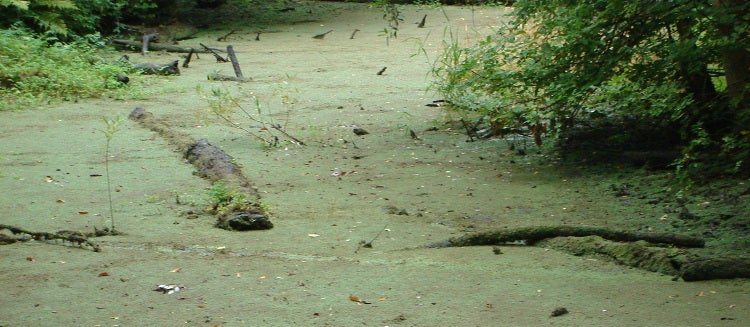
Photo credit Mike Linksvayer on Flickr
WCMR members Brian Ingalls and Sherry Schiff are part of a team awarded funding through the Global Water Futures program to study the problem of algal and cyanobacterial blooms in lakes and reservoirs.
Blooms are one of the most vexing and widespread problems in lakes and reservoirs globally. Nuisance biomass of algae and cyanobacteria can lead to degradation of ecosystem services, loss of property values, and high costs for drinking water treatment. Blooms of cyanobacteria can lead to issues of unpleasant taste and odour and can have direct impacts on the safety of drinking water supplies by producing a variety of toxins which also impose health risks for swimmers and boaters.
Solving the problem of blooms requires an understanding of how the physical environment links to geochemistry and bloom ecology; and this understanding must exist on the timescale upon which blooms develop and collapse – minutes to hours to weeks.
The research will develop tools for forecasting blooms and will address our current need to understand health risks associated with cyanobacterial blooms, how these risks are communicated, and how these messages are received.
Tools are urgently required to adapt to the increased bloom severity and frequency that has been observed, and a science-based approach to understand what added tools, beyond (the often slow process of) phosphorus control, will help mitigate bloom risk.